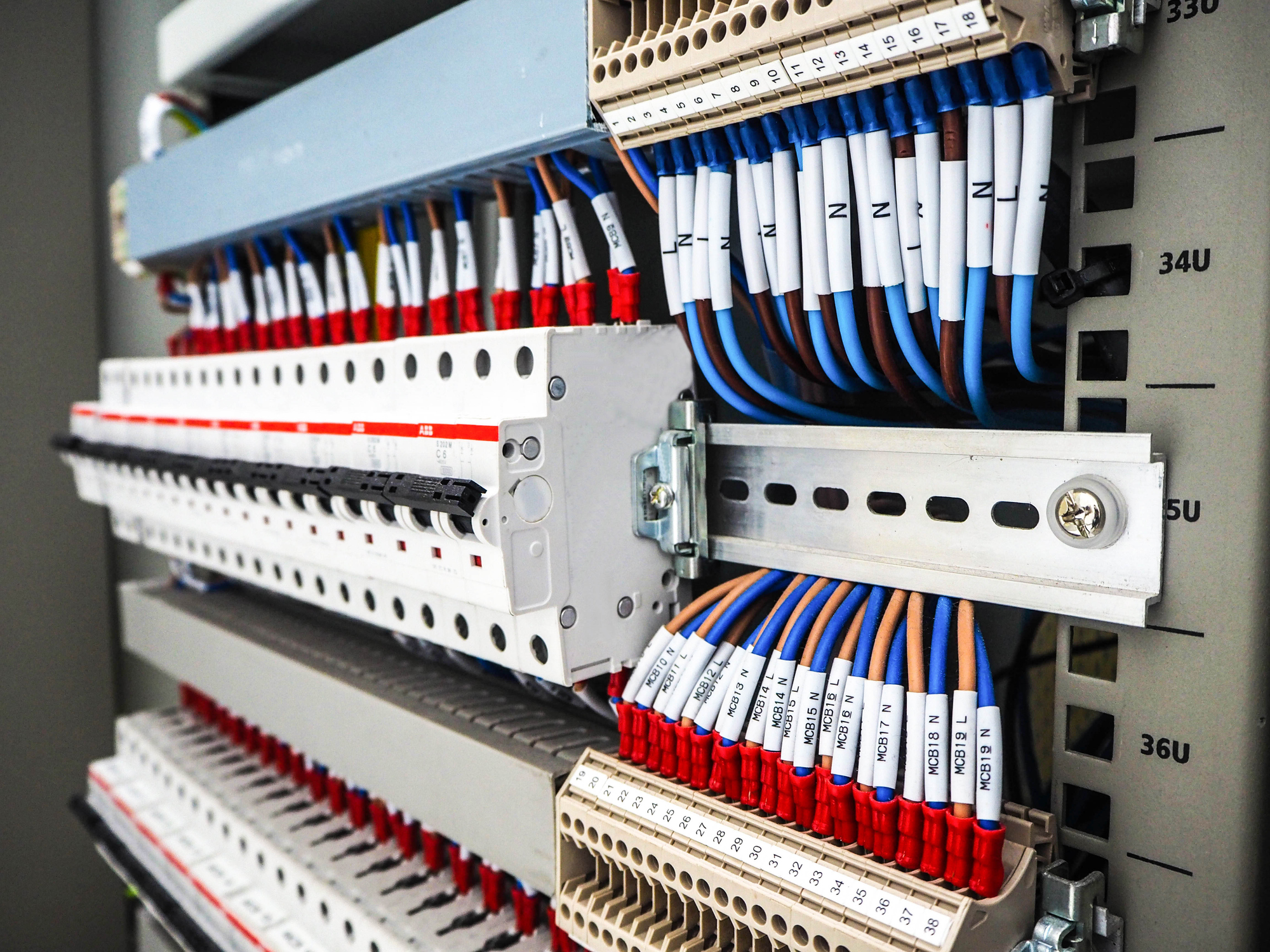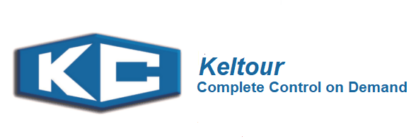What is a Variable Frequency Drive
What is a PLC Control Panel?
In today’s rapidly evolving industrial landscape, automation has emerged as a transformative force, revolutionizing how processes are controlled and optimized. At the heart of this automation revolution lies a remarkable device known as the PLC (programmable logic controller) control panel. With its ability to seamlessly integrate with diverse systems, monitor inputs, execute commands, and ensure precise control over industrial operations, the PLC control panel has become an indispensable tool in a wide range of industries.
In this illuminating blog, we embark on a journey to unravel the intricacies of PLC control panels. Whether you are an engineer, an automation enthusiast, or simply curious about the technology shaping our modern world, this blog is your gateway to understanding the power and significance of the PLC control panel.

FAQ
What is a PLC control panel?
A PLC control panel, also known as a PLC panel or PLC cabinet, refers to a specialized control panel that houses a PLC and related components. It serves as the central hub for controlling and monitoring various industrial processes.
A PLC panel is designed to house and protect the PLC and its associated components, providing a compact and secure enclosure. Its layout, wiring, and configuration are customized to meet the requirements of the automation system, industry, and application.
By combining the capabilities of the PLC, I/O modules, human-machine interface (HMI), and other components, PLC control panels enable effective control, monitoring, and automation of industrial processes with enhanced accuracy, efficiency, and reliability.
What is the difference between a control panel and PLC?
The terms “control panel” and “PLC” refer to distinct components within an automation system. Here’s a breakdown of the difference between the two:
Control panel
A control panel is a physical enclosure housing electronic and electrical components that control and monitor industrial processes. It serves as the interface between the operator and the system being controlled. It includes switches, buttons, indicators, meters, relays, and other control devices.
A control panel provides a centralized location for operators to interact, adjust parameters, initiate commands, and monitor the process. They are customized based on specific automation requirements and may include electrical components for power distribution, motor control, instrumentation, and safety systems.
Programmable logic controller (PLC)
A PLC is a digital computing device used to automate industrial processes. It contains a programmable microprocessor, memory, I/O modules, and other components. By following pre-programmed logic, the PLC receives inputs, processes them, and generates corresponding outputs. PLCs enable precise control and monitoring of field devices and sensors.
PLCs use programming languages like ladder logic to execute complex logic, perform calculations, handle timing functions, process analog signals, and communicate with other devices or systems. Their versatility empowers efficient automation in diverse industrial applications.
What are the different types of control panels?
Control panels can be categorized into various types based on their purpose, functionality, and the specific industrial applications they serve. Here are some common types of control panels:
Motor Control Centers (MCCs)
Distribution Control Panels
Process Control Panels
Operator Interface Panels (OIPs)
Programmable Logic Controller (PLC) Panels
Customized Control Panels
Do PLCs use AC or DC?
PLCs typically operate on DC (direct current) power. The majority of PLCs are designed to be powered by a DC power supply, which converts the incoming AC (alternating current) power to the required DC voltage. The DC power supply ensures stable and reliable power for the operation of the PLC and its associated control components.
Nevertheless, PLCs often interface with AC and DC devices and systems within industrial automation applications. PLCs have input and output (I/O) modules that can handle AC and DC signals, allowing them to communicate with and control devices operating on different voltage levels. PLCs can accept AC or DC signals as inputs, process them, and generate appropriate AC or DC outputs to control actuators and devices within the automation system.
Can a computer be a PLC?
A computer can serve as a PLC by utilizing specialized software and hardware interfaces. With the right hardware modules and PLC programming software, a computer can be transformed into a functional PLC system. The computer’s processing power and memory capacity enable it to handle complex control algorithms and perform real-time control tasks.
However, dedicated PLC hardware often offers greater robustness, reliability, and real-time capabilities specifically designed for industrial automation. While a computer can emulate many aspects of a PLC, the decision to use one depends on the application’s requirements and the desired level of reliability and performance.
Is there coding in PLC?
Yes, PLC programming involves writing instructions and logic to control the operation of the industrial automation system. The programming language used in PLCs is typically ladder logic, a graphical representation of relay-based control circuits.
In ladder logic programming, users create ladder diagrams using a programming software environment provided by the PLC manufacturer. The ladder diagram comprises various symbols and graphical representations of devices, such as relays, switches, timers, and coils. These symbols are interconnected with logical conditions, instructions, and functions to define the desired control logic.
PLC programming involves writing and organizing the code, setting up inputs and outputs, configuring timers and counters, implementing logic and control algorithms, and testing the program for proper operation. This coding defines the behaviour and control sequences of the PLC based on input conditions and events.
